By Michele T. Logarta

American dancer Katherine Barkman, when preparing for a role, will dance until her legs won’t work. When that happens, she’ll work on her arms. And, when her arms hurt, she’ll work on her facial expressions.
“Every eyelash and eyebrow has to say something,” says Barkman, who is getting ready to play the title role in Giselle in the Ballet Manila production of this timeless classic slated on June 25, 2 p.m., at the Tanghalang Nicanor Aberlardo of the Cultural Center of the Philippines. The show will be part of Dance.MNL: The Philippine Dance Festival presented by the Cultural Center of the Philippines and Ballet Philippines, together with Ballet Manila and Philippine Ballet Theater.
Barkman lifts and flutters her arms ever so delicately to show how Giselle, a spirit in Act 2 of the ballet classic, would move her arms. “She’s a spirit…so all of the arms, they don’t stop and you have this air underneath them that’s dead but very much alive. It is interesting to explore those movements.”
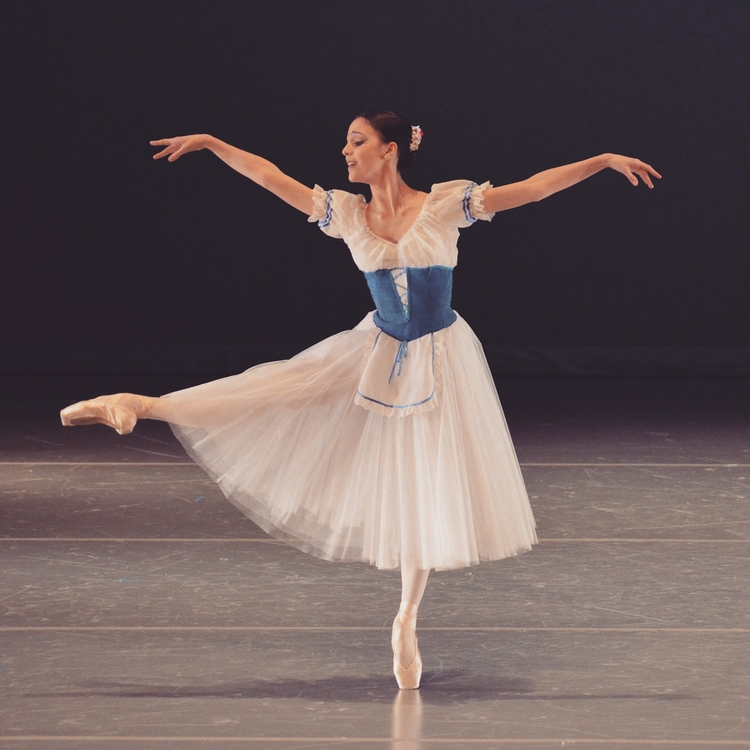
She has been spending endless hours in the studio experimenting and trying out a whole range of gestures, expressions and movements that she needs to interpret the role of Giselle. And Giselle is all she thinks about these days.
“My world is Giselle. It’s all that I can see and comprehend. I am always thinking. I’m always listening to the music to the point that I’m sick of it already,” she laughs, saying she plays it even while she’s cooking. “You have to know every note because the most effective way to dance is in and with the music. Not separately, not near each other. The music and the dance have to be one thing. I have to speak for the music and the only way to do that is to know every single note and know it by heart.”
Barkman is extremely thrilled about this upcoming performance because it is her first time to do the full-length Giselle. In the past, she would only do variations from Act 1 during her last year of training before turning professional and when she joined competitions in Italy and Germany. Just doing Giselle piecemeal was such a tease, she reveals, and it always left her with an empty feeling.
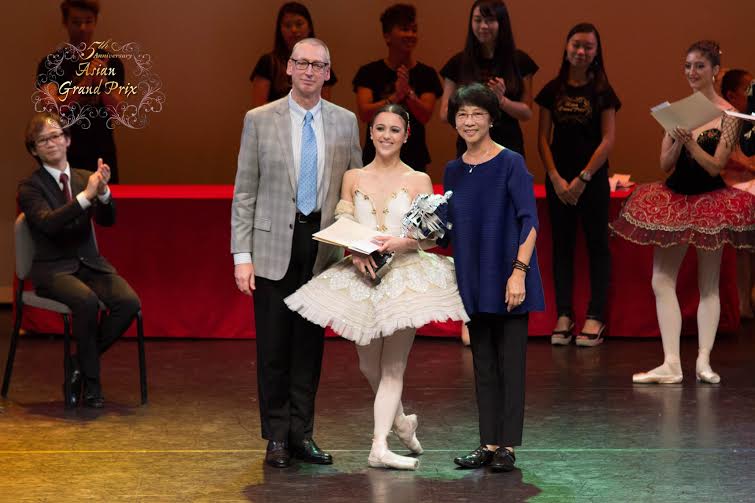
The greatest challenge, Barkman says, is how to make her Giselle unique and fresh, considering that hundreds of dancers have danced it before. “I love the whole ballet. In Act 1, there is so much acting. I love diving into those characters and becoming that person. Act 2 is the most physically challenging. You have to be like air. It’s about love and forgiveness and it’s really a tragedy and very sad.”
People have told Barkman that she could be a very good Giselle. And, she does see bits and pieces of herself in the character of Giselle, especially in Act 1 where Giselle is alive and well, living a happy life in her village. “I am very simple. I need very little to be happy. I am not one for partying, extravagant things. I don’t care. Like Giselle. She loves dancing. She is pure – pure of heart and mind. I’m very much the same. She’s probably a bit more naïve than I am and I’m a lot more intense that she is.”
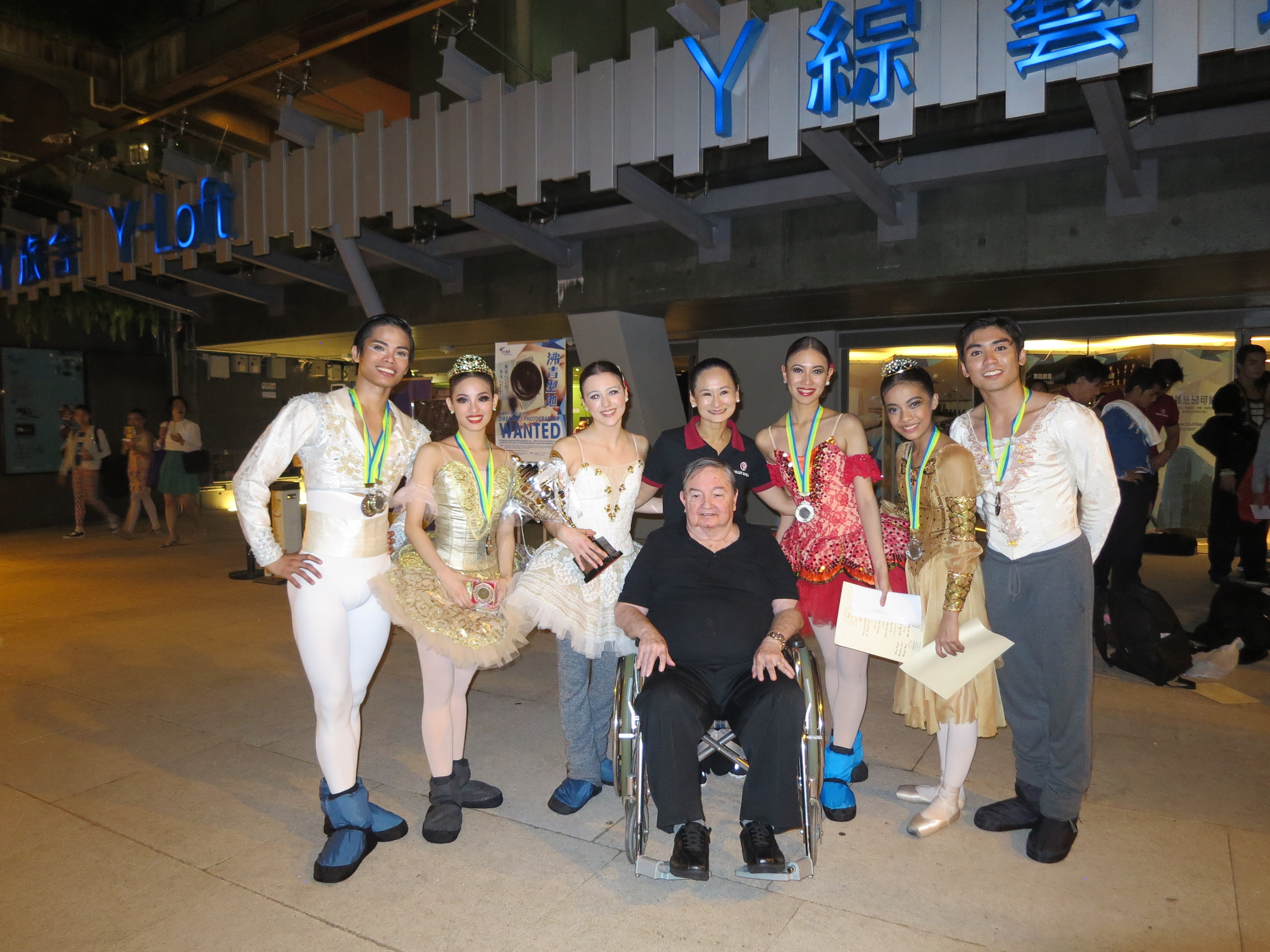
If there is any one adjective to describe Katherine, it would be intense. She’s always been intense about everything, she says.
“I was a very intense child, even at two years old. They said I had these eyes. I was taking in everything all the time.
At the age of two, Barkman told her parents that she wanted to be a ballerina and would be going onstage. Her very surprised mother told her that the studio didn’t accept two-year-olds. When she turned three, she didn’t forget and asked her mother if she had called the ballet studio. Mom said “What?” and I said, “Mom! We already discussed this. This is already set!” And she called and I joined, but I was very serious. It was just creative movement, but I was very intense.”
For Barkman, it’s always been ballet and never anything else. “I had this obsession from a very young age that this was what I was going to do and it didn’t really waver throughout my childhood.”
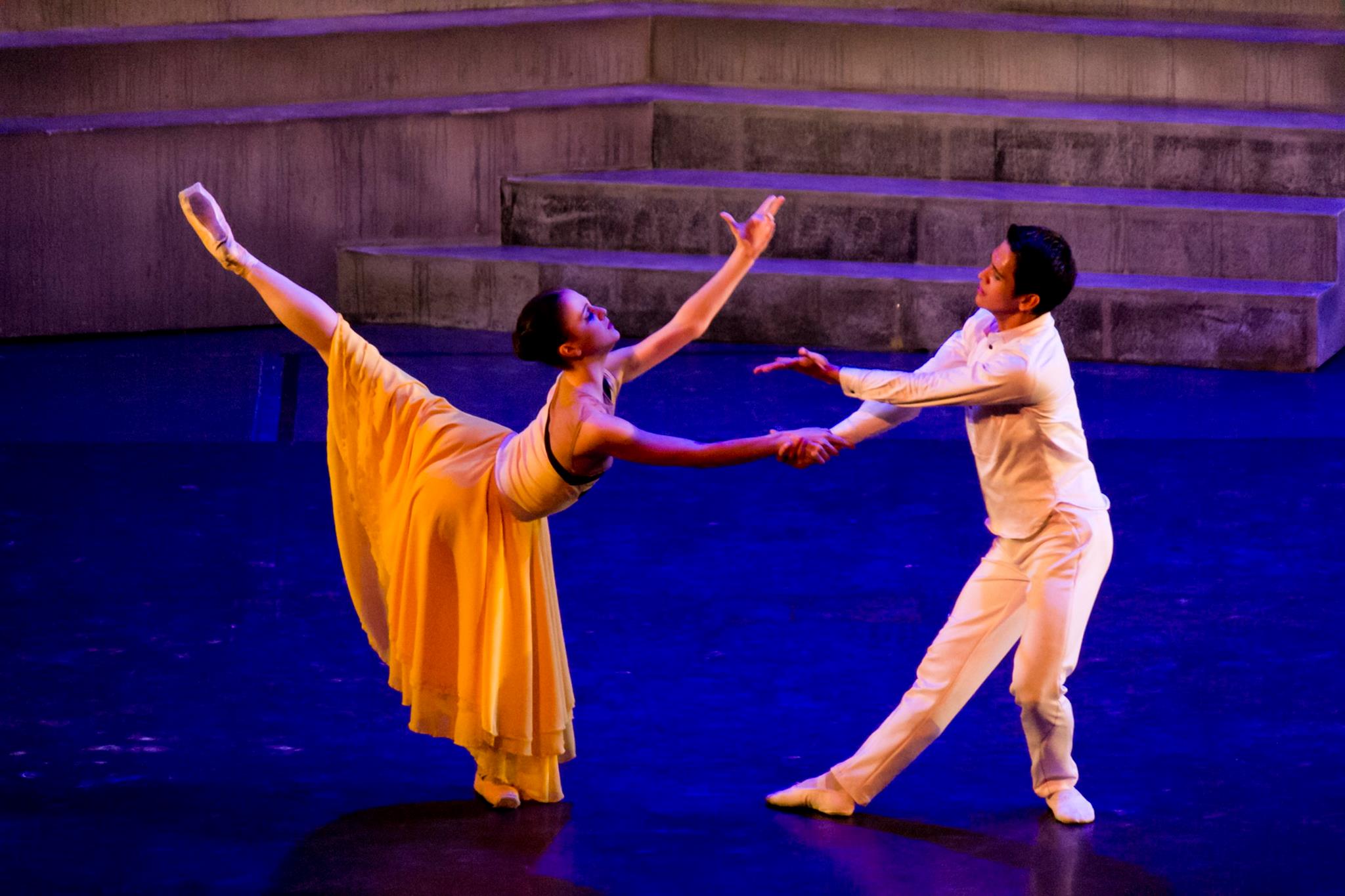
When she tells the story of her growing up years in her hometown of Bucks County, Pennsylvania, and later spending hours in the ballet studio alone, one realizes just how driven she is and focused. She remembers days would end with her just falling to the studio floor, exhausted and unable to move.
Barkman trained for four years with a Russian coach, Nadia Pavlenko, first at the Dance Elite studio in Pennsylvania and then at home for private sessions lasting seven hours daily. Training in the Russian tradition is very uncommon in the US, Barkman says. She credits fate for finding her Russian teacher. She was then going to small schools in the area and performing a lot and being very passionate about ballet. “I loved what I was doing but I was lacking the fundamental technique.”
Upon the advice of a teacher at a small school she had gone to, she went to Dance Elite where, after taking a class, she was told she “danced like a monkey,” to her great dismay.
“That was the first time anyone said I wasn’t really talented. I cried for three days,” she recalls. But, she adds, they did assure her they could fix this and train her for an international competition in Mississippi where about a hundred dancers from all over the world compete in an Olympic-style ballet competition held every four years.
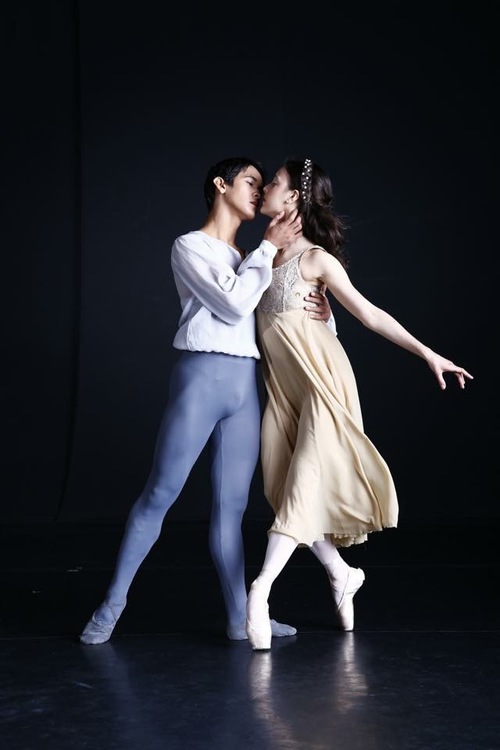
Under Pavlenko’s tutelage, Barkman went on to emerge as a semi-finalist in the 2014 edition of that competition – the US International Ballet Competition held in Jackson, Mississippi. On her final year training with Pavlenko, she competed at the 2015 Tanzolymp in Berlin, Germany where she received the Gold Medal for Classical Variations as well as the Bronze Medal for Contemporary Dance.
Newly signed as a company artist with Ballet Manila, Barkman romped off with the top prize at the 2015 Asian Grand Prix in Hong Kong last August. AGP jury president Gary Trinder says Barkman was a unanimous choice because she “represents excellence in every way.”
But, Barkman confesses that she doesn’t like competitions.
“Ballet is an art for me. I don’t want to be compared to anybody else. And I don’t want anybody else compared to me. Everybody’s art is valid. Ballet is not just about technique. I took it (AGP) as an offer to be onstage, to be in Hong Kong, and to be in front of different people. My goal has always been to touch as many people as I can; to perform for as many people from all walks of life as possible. So that’s how I took it – as an opportunity – and they liked it. It was a nice compliment that people enjoyed my work. We always want that validation as artists because we work so hard at what we love.”
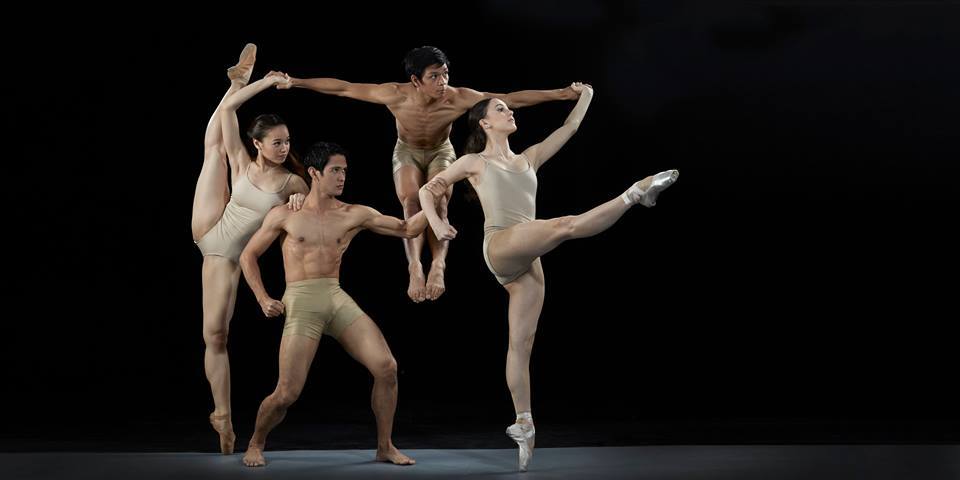
Barkman joined Ballet Manila in June 2015. Finding Ballet Manila came after a job hunt she started when she turned 18.
“It was time to find a job as a ballet dancer. I was ready to be a professional,” she recalls thinking then.
She had received offers from American Ballet Theater and Washington Ballet, but they were for studio company positions. She continued to email her resumé to companies and included Ballet Manila on her mailing list, after her teacher’s sister Daria Pavlenko told her about it. “She is a principal with the Mariinsky (Kirov) and she had danced here as one of the gala stars with Ballet Manila. She said it was very Russian and that’s what I wanted. The more I read about it and its mission and its heart for the classics, just everything it stood for was everything I stood for.”
When she received an offer from Lisa Macuja-Elizalde, BM founder and artistic director (who herself received training in Russia and was a soloist at the Kirov), Barkman thought that “it was God’s way of telling me this is where you’re supposed to be right now, and it’s true, I am really so happy to be here.”
With Ballet Manila, Barkman was able to do her first full-length Romeo and Juliet. She has danced as Kitri in Don Quixote and the iconic solo The Dying Swan, as well as in pieces specially choreographed for Ballet Manila such as Misfit or Maverick and Sotto Voce. Last February, she played President Corazon Aquino in the world premiere of Martin Lawrance’s Rebel, a retelling of Spartacus set against the backdrop of the 1986 EDSA People Power Revolution.
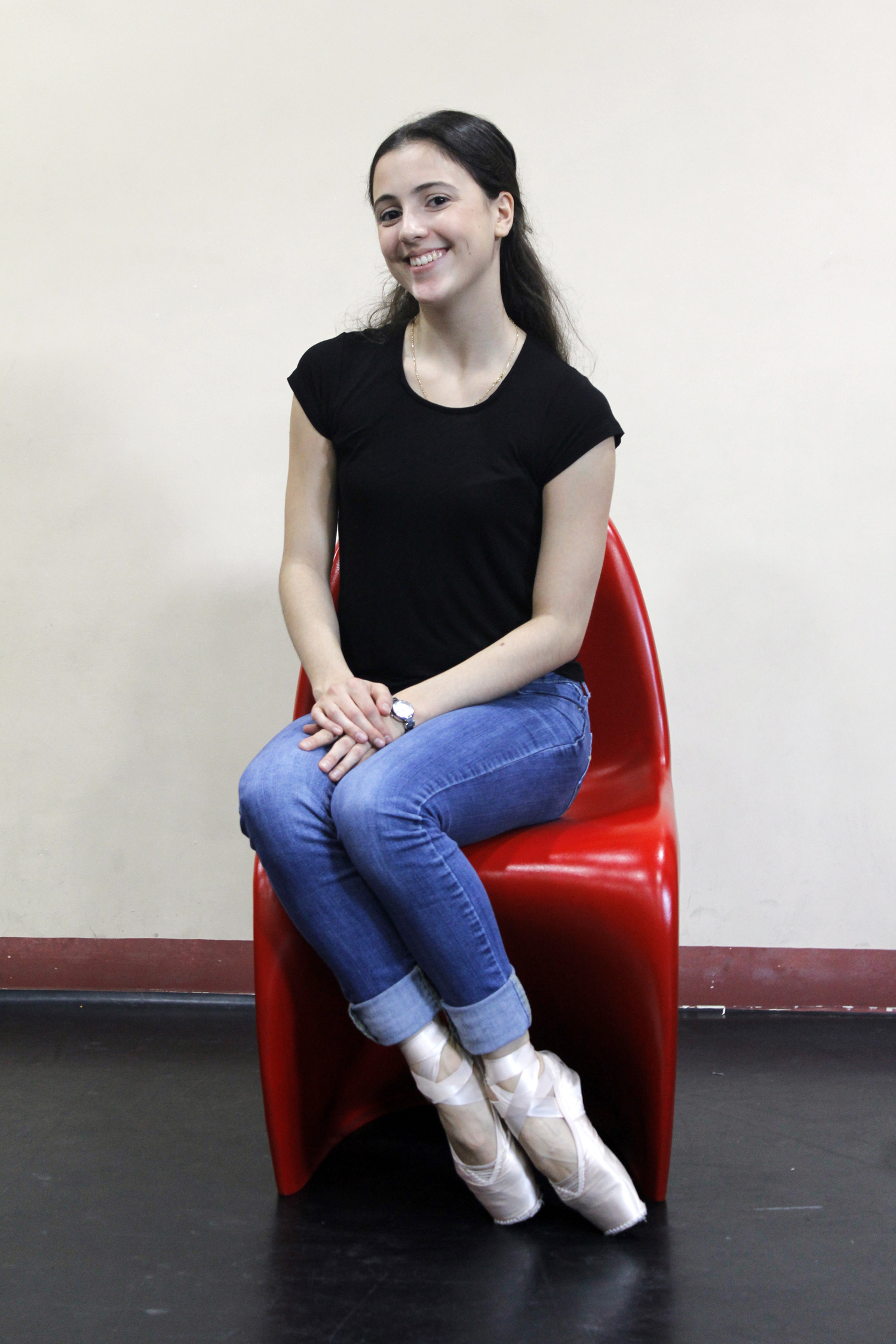
“I’ve been fortunate and blessed enough to have the opportunity to dance these principal parts. I can’t tell you how grateful I am to BM for taking a shot on me because I didn’t have any professional experience. Before I got here, I had done two pas de deux in my life. I was doing variations in competitions.”
After a year in the Philippines, halfway around the globe from her home in Pennsylvania, Barkman has no regrets. Living here has changed her profoundly. “I have learned so much more about life than the small-town life I lived in the States. It’s a different world but it’s a good one. It never occurred to me where I was dancing, who I was dancing for, what country. I love dancing. Yes, it’s a different world here but my world is always the same. My world is always ballet.”